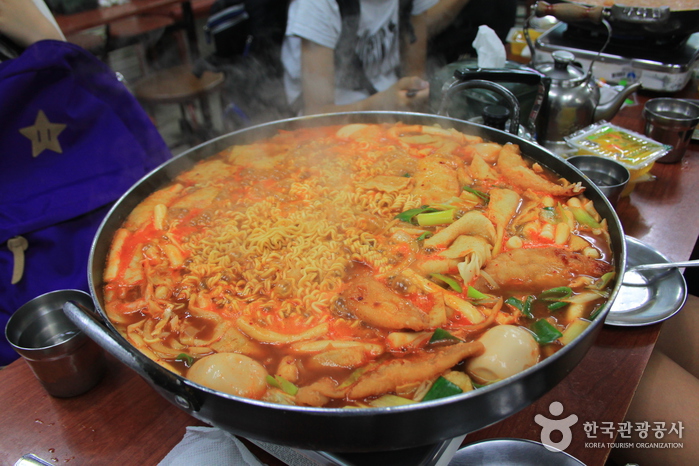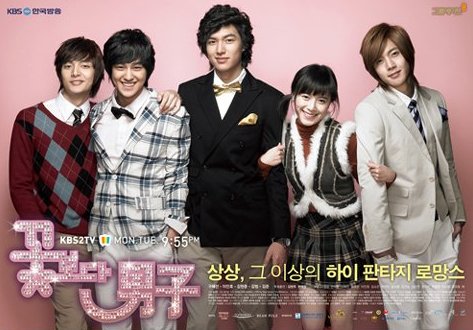South Korea is a country that has beautiful seasons. Spring is from March to May, so right now they are experiencing it. Spring has a clear and dry weather. Because of the warmer weather, grass and trees bud. There can also be weather variations which cause the cold winds. This cold winds usually happen during the beginning of spring, and is caused by the siberian air mass raising in the winter. Since the temperature gets very cold again, it feels like it´s winter again. This, however, does not occur frequently.
As the weather gets dry, this can sometimes (not very usual) cause fires in mountains. What mostly affects the weather is the air mass from the Yangtze River. Typicall of spring, flowers start blooming. You can see many cherry tree blossoms with their pink colored beautiful flowers. This scenery attracts many people to parks and mountains. Many families go out on trips to appreciate the amazing colors.
Another phenomenon that happens during spring is the asian dust. What happens is that sand is carried by the wind all the way from the Gobi Desert to Korea. When a heavy asian dust is predicted, the National Weather Service advises people to wear masks so that they can protect themselves from getting dust in the eyes and also from inhaling it. During late spring and the beggining of summer, the winds start getting hotter. After the humid air from the east sea ascends the Taebaeksanmaek Mountain Range, it gets colder and delivers rain. The wind then loses its moisture and since it starts going down form the mountains, it gets hot and dry. This season is also time to start planting crops, like rice, potatoes, sow begetable seeds. Also, farmers prune the branches of fruit trees.
I believe this is the most enjoyable season, it isn´t too cold or too hot, so I love it. I also like the blooming flowers a lot, I would love to see a cherry blossom in person. I think the smells of the flowers give a great feeling to the country.






















